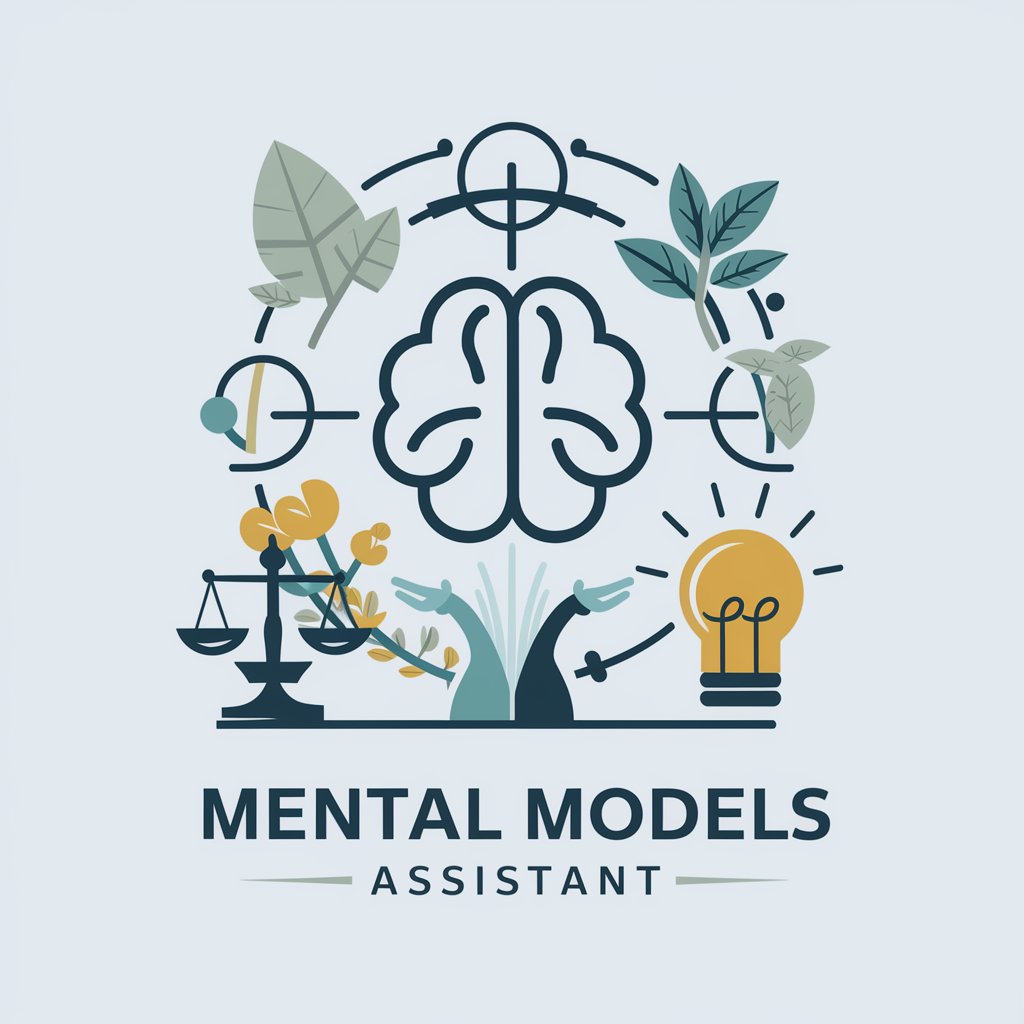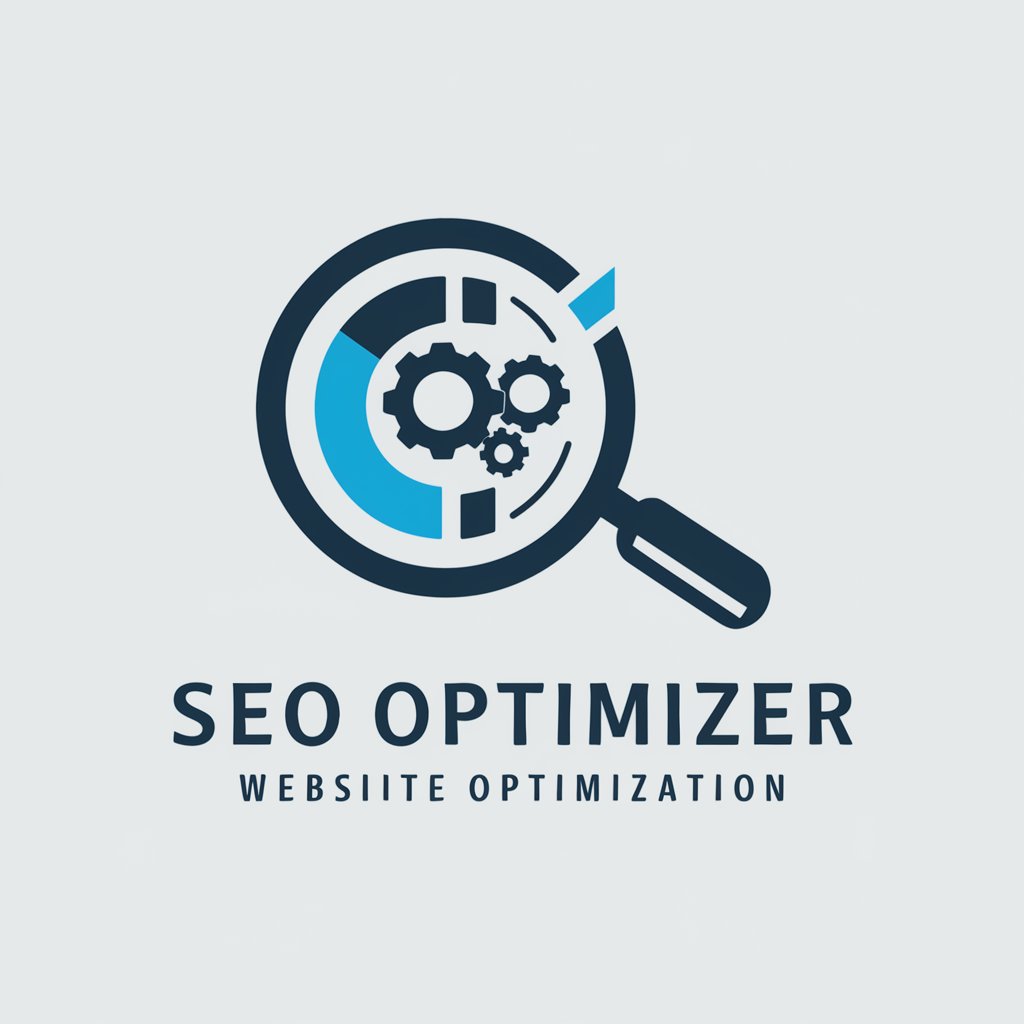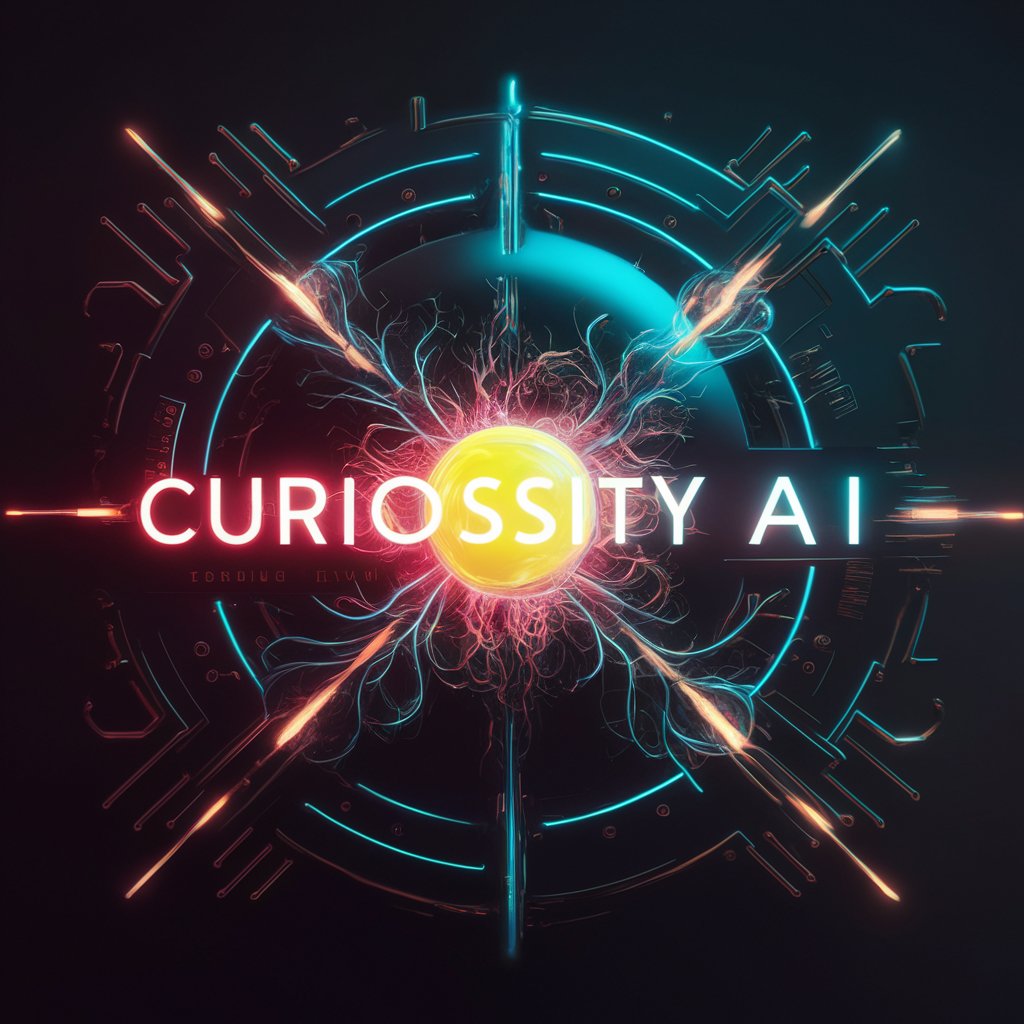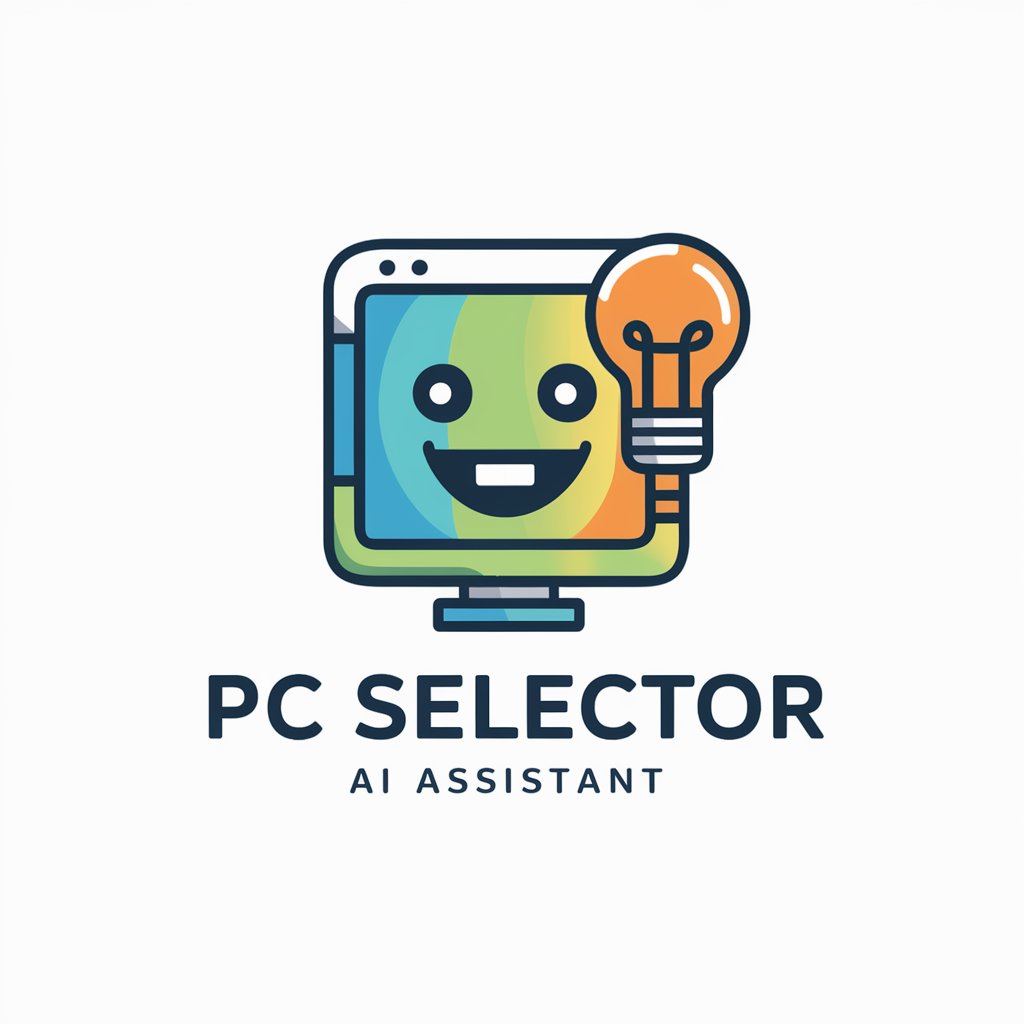Mental Models - Mental Model Insights

Welcome! Let's explore mental models together.
Empower decisions with AI-driven models
How can I apply systems thinking to solve this problem?
What mental models can help me understand this complex situation?
Can you suggest a psychological framework for decision-making?
How does economic theory explain this phenomenon?
Get Embed Code
Understanding Mental Models
Mental Models are frameworks or lenses through which we understand and interact with the world. They help us simplify complex systems, predict outcomes, and guide our decision-making processes. Designed to cross the boundaries of disciplines such as psychology, economics, systems thinking, and more, Mental Models provide versatile tools for problem-solving and critical thinking. For instance, the 'Stock-and-Flow' model from systems thinking helps in understanding how different components of a system interact over time, useful in scenarios from business inventory management to ecological studies. Another example is 'Opportunity Cost' from economics, which aids in evaluating the potential benefits lost when choosing one alternative over another, applicable in both personal finance decisions and corporate strategy. Powered by ChatGPT-4o。

Functions of Mental Models
Problem-Solving
Example
Using the '80/20 Rule' (Pareto Principle) to identify that 80% of effects come from 20% of causes, thus prioritizing efforts on the most impactful areas.
Scenario
A project manager could apply this to focus resources on the critical tasks that will deliver the majority of a project's value.
Decision-Making
Example
Applying 'Prospect Theory' to understand how people perceive gains and losses, thereby making more informed decisions under risk and uncertainty.
Scenario
An investor might use this to assess risk tolerance and make more balanced investment choices, understanding the psychological impact of losses and gains.
Strategic Thinking
Example
Leveraging 'SWOT Analysis' (Strengths, Weaknesses, Opportunities, Threats) to evaluate a business or project's strategic position.
Scenario
A startup could use SWOT Analysis during its planning phase to better position itself in the market by leveraging its strengths and addressing potential weaknesses.
Critical Thinking
Example
Employing 'First Principles Thinking' to break down complex problems into basic elements and build up from there.
Scenario
A software engineer might use this approach to troubleshoot a complex system issue, by breaking it down to its fundamental components.
Ideal Users of Mental Models
Decision Makers
This includes executives, managers, and leaders across industries who face complex decision-making scenarios. Mental Models can help them evaluate options, assess risks, and make informed choices, benefiting from frameworks like 'Cost-Benefit Analysis' or 'Decision Trees.'
Problem Solvers
Engineers, analysts, consultants, and anyone involved in solving complex problems can benefit from Mental Models. By applying models like 'Systems Thinking' or 'Root Cause Analysis,' they can systematically understand and address the underlying issues in challenging situations.
Educators and Students
Individuals in academic or learning environments can use Mental Models to enhance critical thinking, learning, and teaching methods. Models such as 'Bloom's Taxonomy' or 'Growth Mindset' can foster deeper understanding and personal development.
Innovators and Entrepreneurs
This group can apply Mental Models like 'Blue Ocean Strategy' or 'Lean Startup' to identify unique opportunities, streamline product development, and navigate the complexities of bringing new ideas to market.

How to Utilize Mental Models Effectively
Begin Free Trial
Start by exploring mental models with a free trial at yeschat.ai, offering access without the need to log in or subscribe to premium services.
Identify Your Problem
Clearly define the problem or decision you're facing. Understanding your challenge is crucial for selecting the most appropriate mental model.
Select Appropriate Models
Choose mental models that best fit the context of your problem. Consider models from various disciplines like economics, psychology, or systems thinking.
Apply and Analyze
Apply the chosen model to your problem. Break down the problem using the model's framework, and analyze the situation from this new perspective.
Reflect and Adjust
Reflect on the insights gained. Consider if the model provided a new understanding or solution path. Adjust your approach as necessary, potentially applying different models.
Try other advanced and practical GPTs
SEO Optimizer
AI-Powered SEO Optimization at Your Fingertips

AI Thumbnail Creator
Craft Captivating Thumbnails with AI Ease

Email GPT
Craft perfect emails with AI assistance

Text Game Engine
Reviving Games with AI-Powered Text

README.bot
Your AI-powered OpenAI Doc Navigator

Tech Simplifier
Making Complexity Understandable with AI

Cursed AI
Elevate Reality with Surreal AI Creativity

MiniScript Mentor
Empowering Code with AI Insights

AppIdea Generator
Innovate and Monetize with AI

LearnMate
Empowering Learning with AI

PC Selector
Find Your Perfect PC with AI

Industrial Innovator
Empowering Industrial Innovation with AI

Frequently Asked Questions About Mental Models
What exactly are Mental Models?
Mental models are frameworks or theories that help us understand how things work. They simplify complexity, allowing us to reason through problems and make decisions by applying these models across various disciplines.
Can Mental Models be used for personal development?
Yes, mental models can significantly impact personal development. They encourage critical thinking, improve decision-making, and foster a deeper understanding of oneself and the external world.
How can businesses benefit from Mental Models?
Businesses can use mental models to enhance strategy, improve problem-solving, and foster innovation. By applying different models, organizations can gain fresh insights into challenges, market dynamics, and operational effectiveness.
Are there limitations to using Mental Models?
While powerful, mental models have limitations. Overreliance on a single model can lead to narrow thinking. It's important to use a variety of models to ensure a well-rounded understanding and avoid biases.
How do I choose the right Mental Model?
Selecting the right model involves understanding your problem's context and the model's applicability. Consider multiple models, experiment with their applications, and evaluate which provides the most insight into your specific situation.
